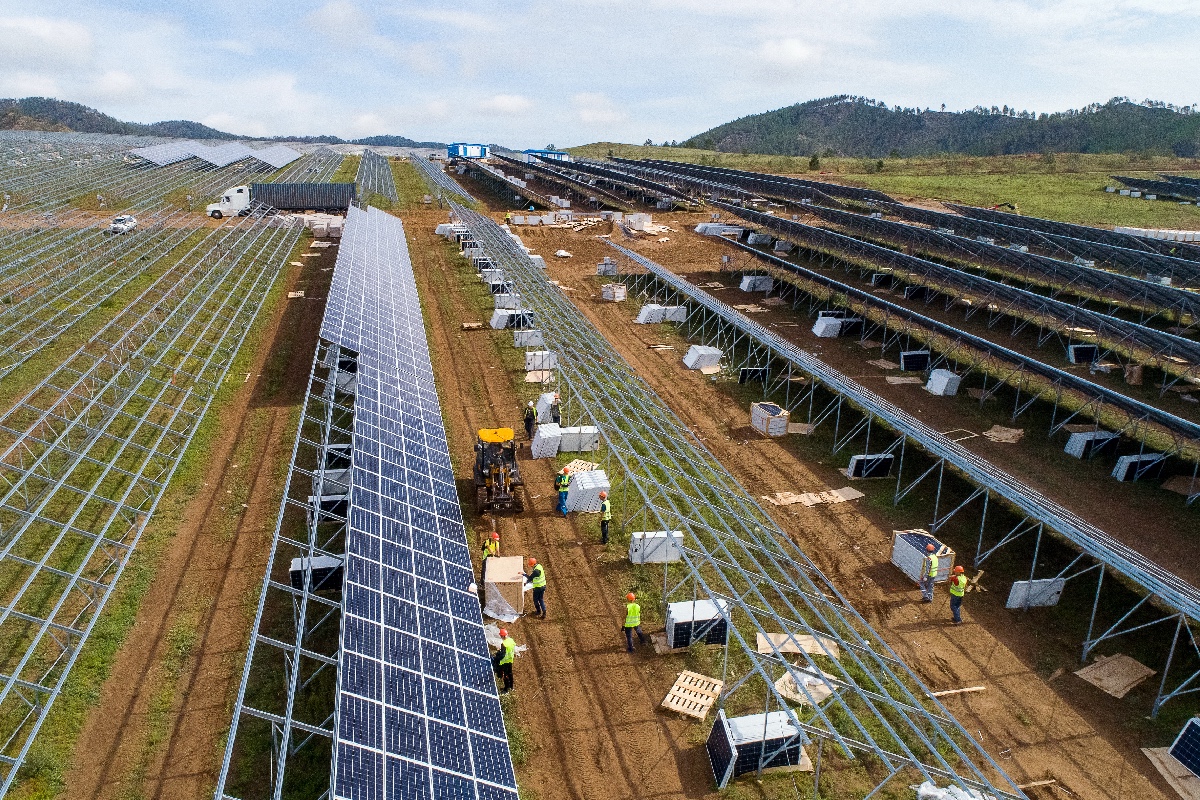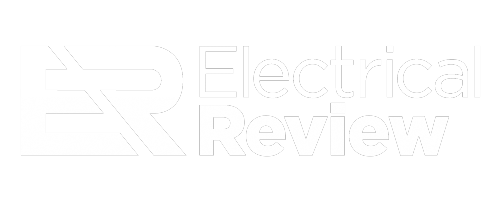As electrification accelerates and energy demand decouples, Frederic Godemel, EVP Energy Management at Schneider Electric, calls for a rapid pivot to distributed energy to avoid costly delays and outages.
The IEA forecasts that electricity consumption will grow at around 4% per year through to 2027, driven by several forces: industrial growth, the expansion of data centres, and the triple whammy of urbanisation, digitisation and decarbonisation. As a result, consumption is expected to skyrocket over the coming decades. Are countries ready to meet this demand? In my opinion, not yet.
Before we get to solutions, let’s put the electrification story into context. Over the past decade, electricity’s share in total energy demand has increased, but only by around 2% (around 20% of total energy mix). What’s interesting about the next decade is that electricity demand will keep growing while overall energy demand ‘runs flat’, according to the IEA. There will be a decoupling. And what this means is that the share of electricity – and therefore electrification – is going to increase in the mix going forward. That’s new, and it matters.
Where’s the growth coming from? Sources linked to regular economic expansion, represent around half the growth, such as new industrial facilities, new buildings, more infrastructure for public transportation – all this creates demand for more electricity, because modern economies rely on it. Then the other half comes from the new developments that come on top of natural economic expansion: the data centres, AI, and other emerging services.
And the extra half, as I’m calling it here, that comes from existing energy usage going electric. There are the big-ticket items like mobility – electric mobility – which is growing fast: a 23% increase last year. Then there are other electrification patterns, too, like buildings switching away from fossil fuel heating to electric HVAC systems. It’s a similar story in industry. There is also growth in air conditioning – particularly in emerging economies, not so rapid in Europe right now, but to materialise soon.
Yes, that adds up to 150%. And no, it’s not a mistake – that’s the whole point. This shift won’t be gradual or predictable. It’ll come fast, from everywhere: the usual suspects, the wild cards, emerging markets, and corners no one’s watching. All at once.
Now here’s the challenge: as electrification accelerates, the availability of infrastructure – especially grid infrastructure – will become a bottleneck. The faster we grow as a society, the more technology develops, the sharper the shortage. For example, businesses eager to invest and expand, no matter their industry, size or purpose, might be faced with a lack of access to the grid.
Renewables can take a long time to be connected to the grid – up to 15 years in the UK – and this needs to be accelerated to meet demand, so that our businesses can grow through cheaper access to cleaner energy. That disconnect between business readiness and available infrastructure will define the years ahead.
Everything, everywhere, all at once
Make no mistake, this is a global issue, a competitiveness discussion. With electricity demand rising, electricity prices are likely to rise, because the infrastructure will require much more investment but also because of additional competition. Naturally, businesses will be negotiating for greater access, if they’ve done all the efficiency savings they can. It’s no coincidence then that the most prepared players have been thinking this way for years, partnering with those who can help, through digitalisation and smarter systems, to make every watt count.
If you don’t have access to the infrastructure, how can businesses build the capacity they need for their own use? This is where distributed energy solutions, like rooftop solar, come into play. Not only can these technologies be ramped up much faster than larger infrastructure projects, they’re also relatively easy to deploy. For example, the process of getting solar panels onto a rooftop can take up to a year, even though the paperwork is relatively light.
If you want to build the power grid infrastructure to connect that wind farm to a demand centre, wind energy projects face lengthy delays for grid connection and intense planning permissions, in our experience wind farms in major cities can take 10 to 12 years. And if you want to build the power grid infrastructure, say in London or Oxford, add another decade.
So, while we need to continue developing large-scale infrastructure, for me, the solution lies in distributed energy — in both buildings and industry.
In manufacturing, many of these solutions are already viable and being used, but it’s generally underleveraged. In the US, there’s a clearer understanding that distributed energy is viable – perhaps because it aligns with the spirit of independence – but in Europe, where businesses and individuals tend to look to the state and regulatory authorities, it’s less developed.
That said, there are promising examples – like Schneider Electric’s new flagship building in Grenoble, France. Called IntenCity, it’s a model of energy efficiency, integrating active solutions and collecting data to drive future research and innovation. Soon, distributed won’t just be a nice-to-have, it will be a necessity.
Landing the narrative
The other lever for tackling both grid limitations and rising prices is narrative. We talk a lot about electrification to decarbonise but something we often miss is equally important: electrification to modernise. If you look at our industrial footprint in Europe and the US, much of it is old. A lot of industrial processes still rely on fossil fuels and haven’t changed much in 50 years. Electricity is undeniably the energy of modernity – and that narrative hasn’t fully broken through yet.
The blackouts in Spain and Portugal were a warning – a glimpse of what happens when electrification moves faster than the grid. So too was the shutdown at Heathrow airport. While the exact cause remains unclear, a fire at a nearby electrical substation the night before led to a power outage at the airport.
But these events also highlight an opportunity: a future where rooftop solar, on-site batteries and a more up-to-date grid don’t just keep the lights on but modernise how we generate and use power. These systems build resilience, cut strain on the grid, and shift the story from vulnerability to progress. That’s the kind of narrative we need.
Ironically, many of the scenarios we developed in 2021 had the right idea: as economies modernise, they naturally decarbonise. Mobility improves – with better cars, fewer cars, and more alternatives. Buildings become more efficient, better insulated, and powered by distributed energy. As access expands and costs fall, economies don’t just modernise – they electrify and digitise. And through that electrification, decarbonisation happens as a byproduct. Infrastructures get smarter. Industry gets cleaner. And progress drives emissions down – not the other way around.
A common mistake I see in the energy transition is static thinking. Ask yourself – what were you doing 30 years ago? Then look at where we are today. Most political projections assume the next 40 years will look much like today: a growing population, a bigger economy, slightly more energy use. Maybe an extra fridge. A bigger TV. But not much more. That’s not how change works. The only area where this shift is starting to register is with data centres, AI, and related technologies. People are beginning to realise that something big is emerging. But no one knows how big.
At Schneider Electric’s Sustainability Research Institute, we often make projections about how these changes might unfold. Back in 2021, we developed a set of scenarios that already leaned heavily into electrification – and in many ways, they’ve aged well. But looking at the pace of change today, it’s clear we were still only scratching the surface. The future is arriving faster and with more complexity than most models anticipated. That’s not a failure of foresight, but a sign of just how rapidly the fundamentals are shifting. In that sense, our scenarios weren’t just projections – they were an early part of the very narrative we’re now seeing take shape.


